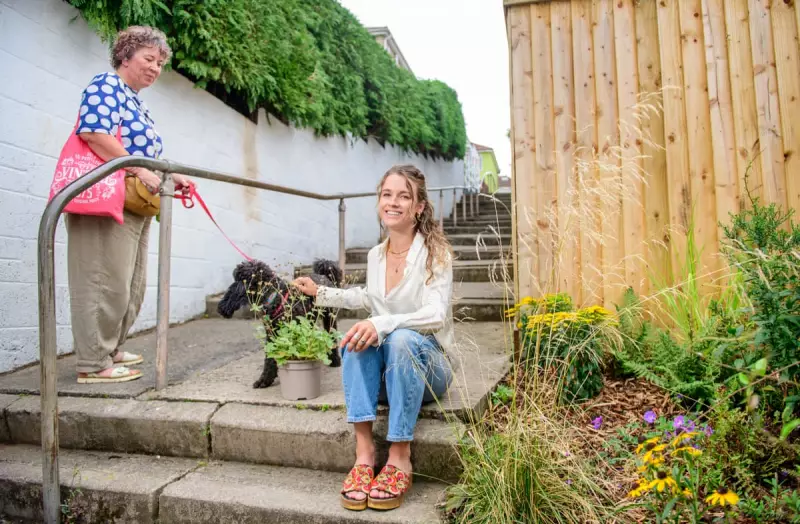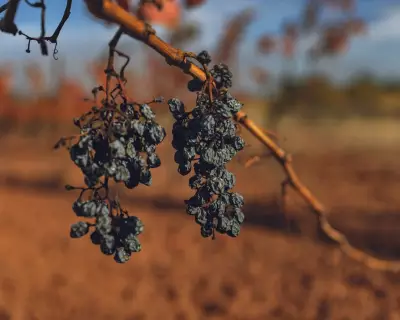
Forgotten urban spaces across Britain are undergoing a remarkable transformation, turning from grey, neglected areas into vibrant sanctuaries for struggling pollinators. The innovative 'Pollinator Pathways' initiative is creating life-saving corridors of biodiversity in the unlikeliest of places.
From Concrete Jungles to Pollinator Paradises
What began as small community projects in cities like London, Bristol, and Sheffield has blossomed into a national movement. Volunteers are converting drab alleyways, neglected roadside verges, and forgotten urban corners into what enthusiasts call 'bee buffets' - lush, flower-filled havens providing crucial nourishment for pollinators.
The Alarming Decline That Sparked a Movement
This green revolution responds to worrying research showing dramatic declines in UK pollinator populations. With over 40 British bee species facing extinction and many other pollinators struggling, these urban oases offer vital feeding stations and nesting sites where intensive agriculture and urban development have destroyed natural habitats.
How Pollinator Pathways Work
The concept is beautifully simple: create interconnected corridors of pollinator-friendly plants that allow insects to travel, feed, and breed across urban landscapes. These pathways typically feature:
- Native wildflowers that provide nectar and pollen throughout seasons
- Sheltered nesting spots using natural materials
- Chemical-free gardening practices
- Community involvement in planting and maintenance
Beyond Bees: The Ripple Effects of Urban Rewilding
The benefits extend far beyond helping pollinators. These green corridors are:
- Reducing the urban heat island effect
- Improving air quality in densely populated areas
- Creating educational opportunities for schools and communities
- Enhancing mental wellbeing through connection with nature
- Increasing property values in surrounding areas
Community Spirit in Full Bloom
Perhaps the most beautiful aspect of this movement is how it's bringing people together. Neighbours who previously barely spoke are now sharing gardening tips and working side-by-side to create these urban sanctuaries. Schools are incorporating the pathways into their curriculum, while local businesses are sponsoring planting schemes.
A National Movement Taking Root
From London's ambitious plans to create capital-wide pollinator networks to smaller towns adopting the concept, this grassroots movement is gaining official recognition. Several local councils have incorporated pollinator pathways into their urban planning strategies, recognising both their ecological value and community benefits.
As Britain continues to urbanise, these tiny oases represent a powerful reimagining of how cities can coexist with nature - one alleyway, one verge, one community at a time.





